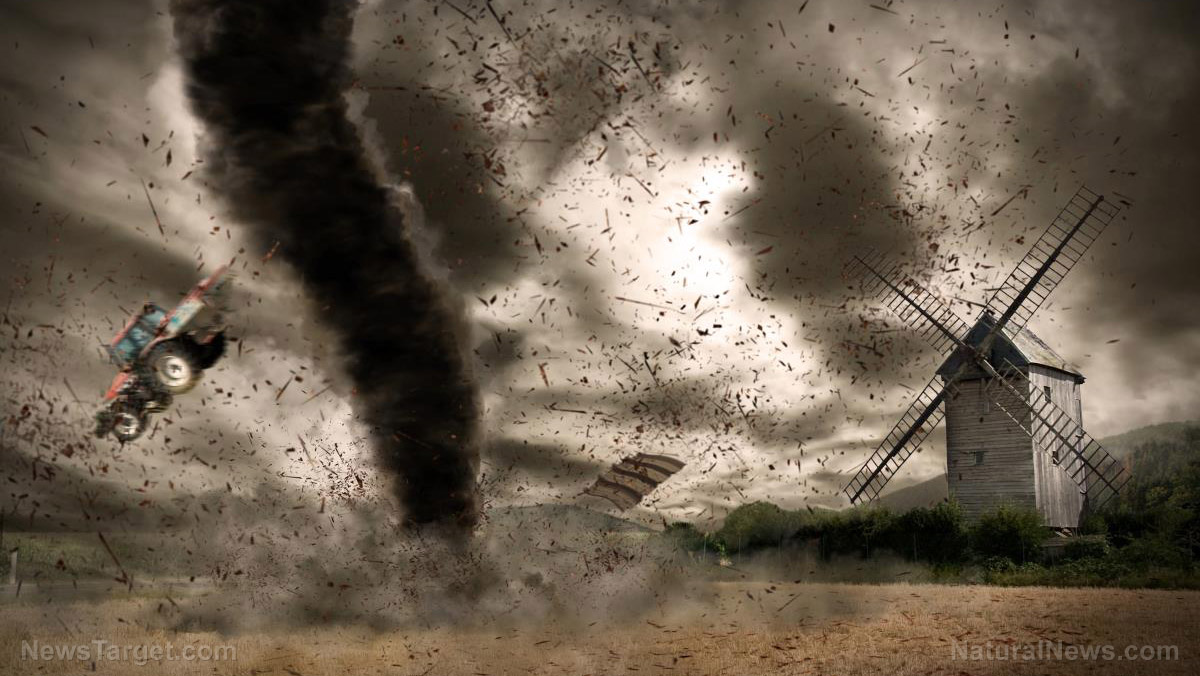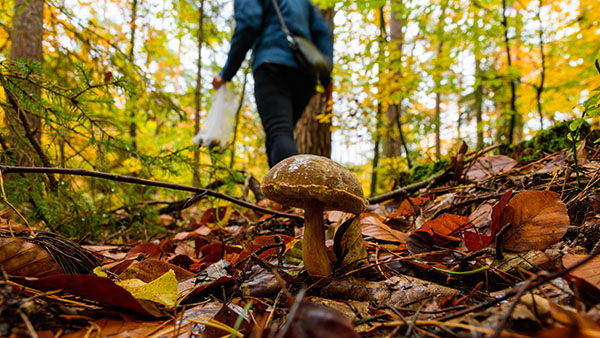
What you need to survive a power outage
The following items are must-haves in the event of a power outage: (h/t to FoodStorageMoms.com)
First-aid supplies
An emergency first-aid kit is not the first thing that comes to mind when you think of blackout essentials. But it might come in handy especially as it's dark everywhere and you're more likely to trip a cable or injure yourself in other ways. Having enough first-aid supplies is particularly important if you live with kids.
A first-aid kit should contain a lot of things, but those that may be relevant to a power outage include: (h/t to ThePrepperJournal.com)
- Wound dressing
- Antiseptic
- Gloves
- Thermometer
- Burn gel
- Cotton ball or pads
- Face masks
- Hot/cold packs
- Petroleum jelly
Stove
You can't eat food straight out of the fridge especially if you're going to eat meat. You need a camping stove and fuel. Granted, you can't cook bigger meals using a camping stove, but it can suffice for smaller meals and for boiling hot water. What matters is that you're able to eliminate the harmful pathogens that may be present in uncooked food.
Blankets
A winter power outage is something you have to watch out for especially if you're reliant on electricity for heat. Snowbound weather is challenging enough on its own, so you'll have to brace yourself for even tougher conditions when the power is taken out. Blankets and comforters will be your go-to resources in this situation, as well as thick and heavy clothing.
Water and food
During a power outage, there's a good chance that taps won't work. Therefore, it's important to store at least two weeks' supply of water and food. Make sure that every head in the house is accounted for and that you have enough water to spare for cooking, washing hands and other uses.
As a general rule, a gallon of water should be reserved for each person a day. That means that a family of five will need to store 70 gallons to last two weeks. Plan meals and stockpile on foods that have a longer shelf life, like dried beans, white rice and rolled oats.
Sources of light
You need light to navigate your way in the dark. Most LED flashlights consume only a few batteries and could last a long time. Alternatively, you could opt for cheaper flashlights and save the rest of your money on batteries.
In addition, you could stockpile candles and glow sticks. The latter doesn't last for 24 hours, but they're cheap and could be used to line hallways for the night.
When to bug out
While power is usually back after a couple of hours or days, that time might never come when SHTF. At some point after bugging in, you might need to leave your home and seek another place to crash. This will become evident when you've run out of supplies or when the temperatures have become unbearable.
Having a bug-out car and enough fuel will be important in this scenario. Gas stations won't likely work or will have been siphoned completely by looters. (Related: The savvy prepper's guide to surviving a long-term power outage.)
Whether brief or long-term, power outages require prepping to ensure your and your family's safety. Keep these tips in mind to last days without power.
Sources include:
Please contact us for more information.























